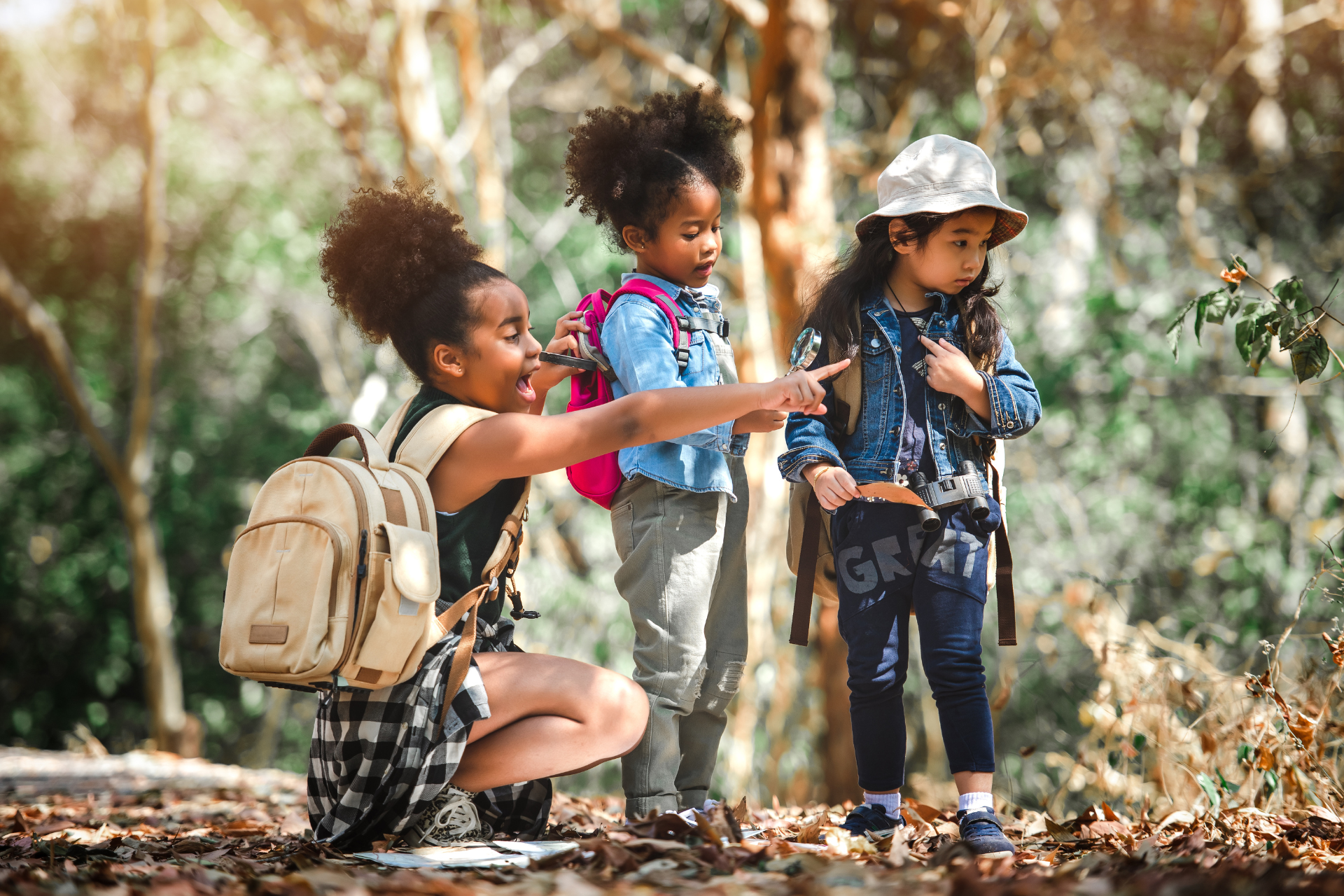Growing Big Smiles: Average Age to Lose First Tooth

If your little one has had all of their baby teeth for a few years now, they may be looking forward to their first visit from the Tooth Fairy! Losing baby teeth and getting in your big-kid, permanent teeth is an awesome adventure and an important part of growing up.
As Cullman’s tooth expert, we’re going to talk about how small smiles grow, getting and losing teeth, and what it means for your child’s dental health!
From Primary Teeth to Permanent Teeth
There’s no set schedule for when kids get and lose their baby teeth, but there’s good news for parents – the pattern is pretty much the same for every little one. Is it time to start keeping an eye out for loose teeth? We want you to know what to expect (and when). Let’s take a look!
When Do Kids Get Their First Baby Teeth?
Most babies start getting their primary teeth (also called deciduous teeth or milk teeth) when they are between 6 and 10 months old. This is also about when you should be scheduling your first visit with your child’s pediatric dentist!
The first teeth to erupt are usually the two bottom front teeth (lower central incisors), followed by the top four teeth (upper central incisors and lateral incisors). The other teeth erupt, typically in pairs, until all twenty are out – giving them a full, healthy smile by the time they’re 3 years old.

When Do Children Get Their First Loose Tooth?
A child’s baby teeth fall out, allowing the permanent tooth underneath to peek out. It’s an exciting time for small smiles!
Our little ones lose baby teeth and start getting adult teeth around 6 or 7 years old. When it’s time for your child’s permanent teeth to come in, you’ll discover a wiggly tooth that will eventually fall out in the following weeks or months.
Usually, children lose their baby teeth in the same order that they came in. Most children shed their front four teeth between 6 and 8 years old, then the sharp teeth (upper and lower canines) and first molars when they’re 9 to 12 years old. Second molars follow between 10 and 12 years old.
Preparing for the First Tooth Fairy’s Visit
Losing a primary tooth and having your first adult tooth come in is one of the most exciting parts of a child’s oral health journey. Parents can make it even more fun by celebrating…with a little help from the tooth fairy. Here are a few ways to make losing that first baby tooth even more magical!
-
Make the first visit extra special with a unique gift under the pillow. Find, make, or buy a fun container for stashing teeth (and treasure) for future fairy visits!
-
You don’t have to leave cash behind – your child will be just as thrilled to find small trinkets, toys, stickers, and handmade gifts, and they’ll be even more magical because they’re from the Tooth Fairy.
-
Write a tiny note congratulating your young one, and put it in a small, decorated container. You can even slip in a reminder to your child to brush their smile twice a day for even better rewards in the future!
Common Baby Tooth Questions You Might Be Asking
-
Is 5 years old too early to lose teeth? Kids start to lose teeth around the same time, but there is still plenty of variation. Finding a loose tooth early isn’t necessarily a cause for concern, especially at 5 years old. Some children start losing teeth as early as age 4!
-
Is it normal for a 7-year-old to not have lost any teeth? Late bloomers aren’t always a bad thing when getting adult dentition. Delayed tooth loss at age 7 is considered normal.
-
What happens if a child loses a tooth too early? Tooth decay and accidents can cause a child’s tooth to be lost early. In cases like this, it’s important to keep a close eye on your child’s teeth with regular visits to the dentist. If teeth are lost too early, the empty space can cause adjacent teeth to shift – leading to orthodontic work down the road.


Recent Comments